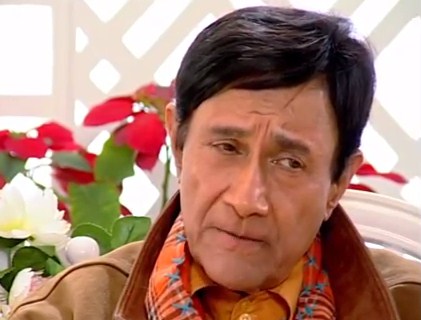
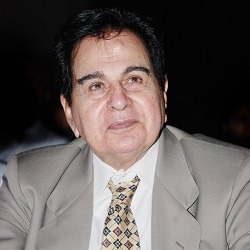 ,
Raj Kapoor
Rajkapoor is a film maker and movie director from >> Read More...
,
Raj Kapoor
Rajkapoor is a film maker and movie director from >> Read More...
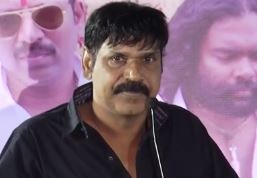 and the evergreen
Ashok Kumar
Ashok Kumar hails from Hyderabad, Andhra Pradesh. >> Read More...
and the evergreen
Ashok Kumar
Ashok Kumar hails from Hyderabad, Andhra Pradesh. >> Read More...
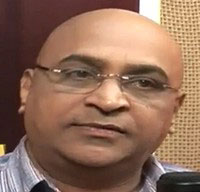 . More than his core acting abilities, Dev Anand was remembered more for his sheer handsomeness and an unbroken style of delivering dialogues with subtle and sudden modulations, and a fascination for nodding while delivering. Yet he had hit films to his credit, one after the other, in the 100 plus films that he had acted in, most of which had him as the central male protagonist.
. More than his core acting abilities, Dev Anand was remembered more for his sheer handsomeness and an unbroken style of delivering dialogues with subtle and sudden modulations, and a fascination for nodding while delivering. Yet he had hit films to his credit, one after the other, in the 100 plus films that he had acted in, most of which had him as the central male protagonist. 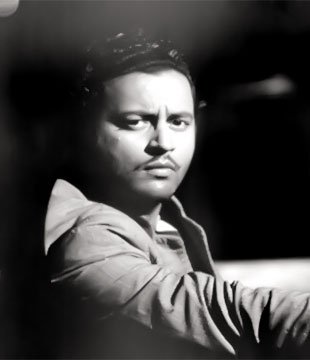 who also went on to become one of the renowned producer director and actors of the period.
who also went on to become one of the renowned producer director and actors of the period. 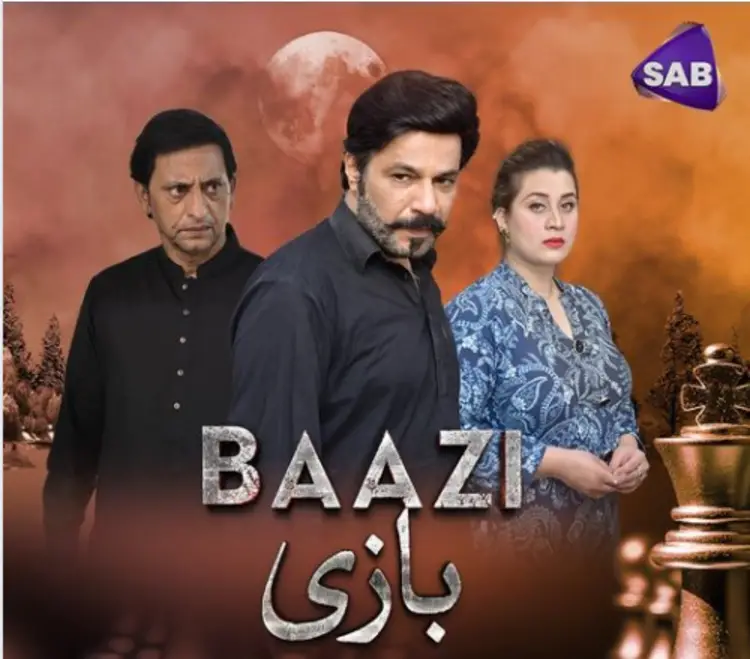 ”, which incidentally was the very second film of Dev’s own production House Nav Ketan. This film was directed by Guru Dutt, and its tremendous success propelled Dev onto the front lines of Hindi cinema. This was followed in 1952 by “
Jaal
Jaal is a Pakistani drama TV serial that aired on >> Read More...
”, which incidentally was the very second film of Dev’s own production House Nav Ketan. This film was directed by Guru Dutt, and its tremendous success propelled Dev onto the front lines of Hindi cinema. This was followed in 1952 by “
Jaal
Jaal is a Pakistani drama TV serial that aired on >> Read More...
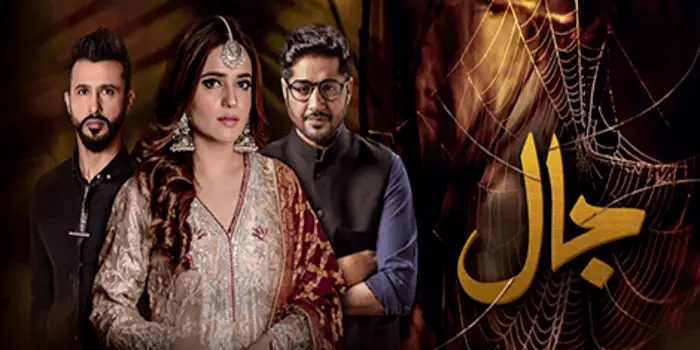 ”, which like Baazi was another big musical hit. Even though Guru Dutt himself got busy as an actor, the Dev Anand – Guru Dutt co-operation continued through director
Raj Khosla
Raj Khosla was a director in the Indian film indus >> Read More...
”, which like Baazi was another big musical hit. Even though Guru Dutt himself got busy as an actor, the Dev Anand – Guru Dutt co-operation continued through director
Raj Khosla
Raj Khosla was a director in the Indian film indus >> Read More...
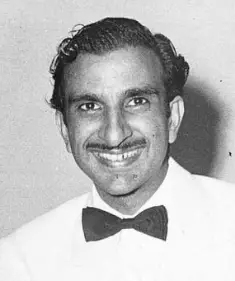 , who was Guru Dutt’s chief assistant and whom he seems to have specially earmarked for Dev’s films, like “
CID
Crimes happens to anybody in this world. You canno >> Read More...
, who was Guru Dutt’s chief assistant and whom he seems to have specially earmarked for Dev’s films, like “
CID
Crimes happens to anybody in this world. You canno >> Read More...
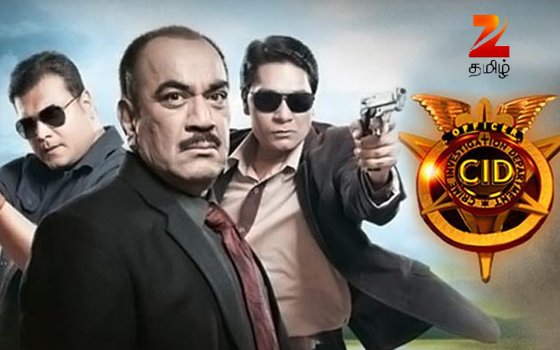 ” (1956) and “Kala Paani” in 1958.
” (1956) and “Kala Paani” in 1958. 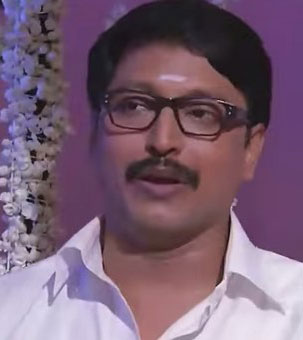 ” (1950) and ending with “Do Sitare” . Likewise, Ashok Kumar too had a hand in boosting the career of Dev, after the latter had become typified as an actresses’ hero in the 40s. It was in “
Ziddi
Click to look into! >> Read More...
” (1950) and ending with “Do Sitare” . Likewise, Ashok Kumar too had a hand in boosting the career of Dev, after the latter had become typified as an actresses’ hero in the 40s. It was in “
Ziddi
Click to look into! >> Read More...
 ”(1948) that Ashok Kumar, with his
Bombay Talkies
Click to look into! >> Read More...
”(1948) that Ashok Kumar, with his
Bombay Talkies
Click to look into! >> Read More...
 ’ connections, selected Dev to be the hero, and it worked wonderfully well with the film becoming a overnight hit. This film also marked the beginning of
Kishore Kumar
Kishore Kumar is an Indian playback singer, who ha >> Read More...
’ connections, selected Dev to be the hero, and it worked wonderfully well with the film becoming a overnight hit. This film also marked the beginning of
Kishore Kumar
Kishore Kumar is an Indian playback singer, who ha >> Read More...
 becoming the singing voice of Dev Anand, an association that lasted till the legendary singer’s death.
becoming the singing voice of Dev Anand, an association that lasted till the legendary singer’s death.  ” in 1968 based on R.K. Narayan’s famous novel; and the earlier “
Hum Dono
Hum Dono is a Hindi television show in which the s >> Read More...
” in 1968 based on R.K. Narayan’s famous novel; and the earlier “
Hum Dono
Hum Dono is a Hindi television show in which the s >> Read More...
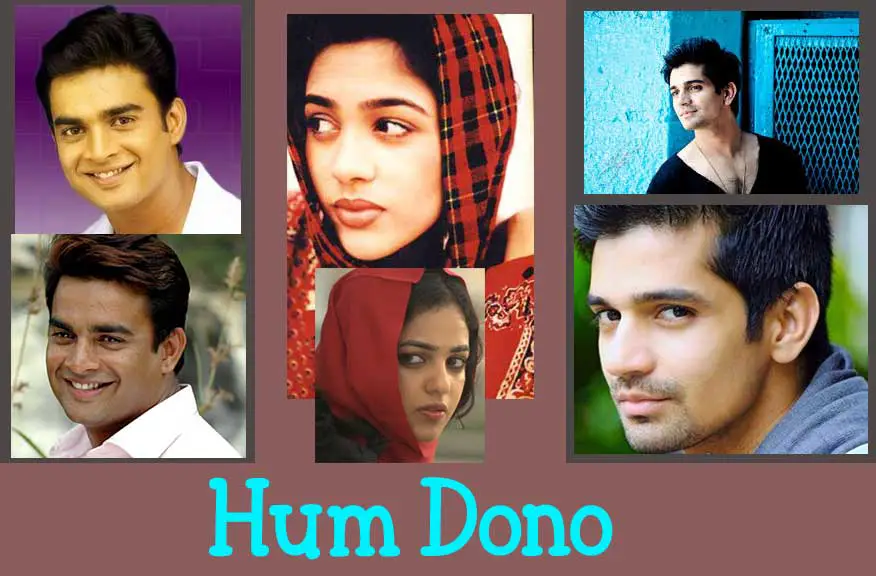 ” in 1961, and “Kala Pani” in both of which he has given sensitive portrayals. On the lighter and romantic side were “CID” in 1956 and “Jewel Thief” in 1968 both being crime thrillers and “Hare Rama Hare Krishna” in 1971 which saw Dev in his directorial debut.
” in 1961, and “Kala Pani” in both of which he has given sensitive portrayals. On the lighter and romantic side were “CID” in 1956 and “Jewel Thief” in 1968 both being crime thrillers and “Hare Rama Hare Krishna” in 1971 which saw Dev in his directorial debut. 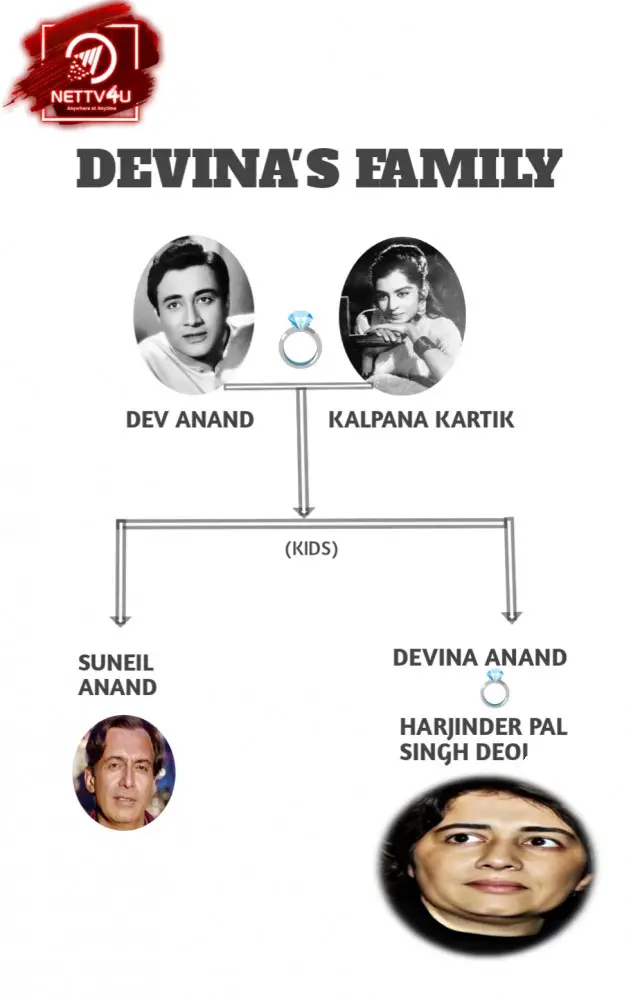
LATEST NEWS
WEB STORIES
LATEST SERIALS & SHOWS
LATEST WEB SERIES
LATEST PHOTOS
ACTRESS PHOTOS
LATEST ARTICLES
OTHER MOVIE ACTORS
BORN TODAY